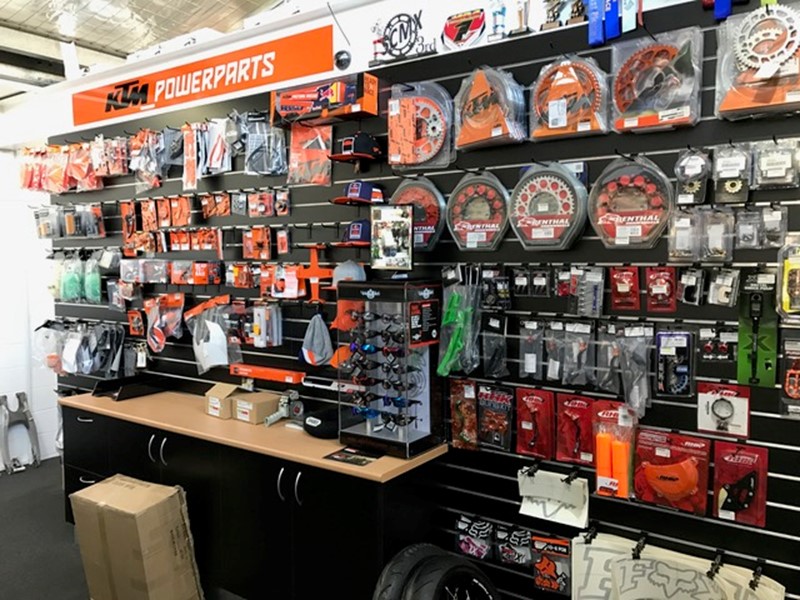Mastering Bike Gears: Exactly How to Optimize Your Riding Experience
In the realm of motorcycling, grasping the art of gear manipulation is crucial for boosting your riding performance. Properly utilizing and understanding motorbike gears can considerably impact fuel, velocity, and control efficiency, changing a typical experience into a seamless, thrilling trip. By incorporating specific shift timing and adjusting equipment choice to various road conditions, cyclists can make certain ideal engine performance and safety and security. The nuances of clutch control, throttle sychronisation, and gear auto mechanics bid a much deeper exploration, assuring to open the full possibility of your equipment. How can these methods be harnessed to really enhance your riding experience?
Understanding Gear Mechanics
At the core of motorcycle dynamics, equipment technicians play a pivotal role in converting engine power into motion, eventually dictating speed and control. The equipment ratios, very carefully made, determine the partnership in between engine revolutions and wheel turns, influencing velocity and fuel performance.
Comprehending gear technicians begins with identifying the relevance of the gearbox, which houses numerous gears of differing sizes. These equipments communicate via a process known as meshing, where teeth of various gears engage to transmit power. The precision of this communication is vital; any imbalance or damage can cause inefficient power transfer, impeding efficiency. Furthermore, the setup and size of equipments affect the motorbike's ability to deal with various loads and speeds.
Furthermore, the idea of equipment changing is essential to making best use of performance. Smooth and timely changes ensure that the engine operates within its ideal power band, protecting against unnecessary strain and improving durability (motorcycle shop). By comprehending these mechanical complexities, motorcyclists can attain an unified mix of control, power, and effectiveness, raising their riding experience
Timing Your Changes
Change timing proficiency is crucial for optimizing motorbike efficiency and boosting the riding experience. Properly timed shifts guarantee that the engine operates within its optimal power band, which is important for preserving control, accomplishing smooth acceleration, and guaranteeing the longevity of the motorcycle. Riders must develop an intuitive feeling of when to change equipments, which includes understanding the relationship in between engine changes per min (RPM) and speed.
To master change timing, pay attention to the engine's audio and really feel, as these offer vital ideas concerning when to alter gears. The ideal change factor usually occurs when the engine approaches the top variety of its power band without reaching the redline. Moving too early can bring about a lack of power, while shifting also late may create unnecessary engine pressure
Furthermore, road problems and riding design influence change timing. For example, in urban setups, smoother and more regular shifts might be necessary to browse traffic effectively. In comparison, during freeway riding, less shifts at greater rates can be much more ideal. Practicing in different environments will boost your ability to time shifts specifically, ultimately raising your riding experience to a specialist level.
Enhancing Gas Efficiency
While grasping bike equipments is essential for performance, improving gas performance is equally essential for both financial and ecological factors. Ideal gas usage not just lowers operational costs but likewise lessens the eco-friendly impact of riding. To attain this, one must understand the elaborate connection between gear choice and engine performance.
Riding in a greater equipment at lower speeds can lead to engine hauling, which is destructive to both fuel economy and engine health. Alternatively, riding in reduced gears at high rates results in unnecessary gas usage.
In addition, routine maintenance plays a pivotal duty in fuel effectiveness. Making sure that the motorcycle is well-tuned, with clean air filters and effectively blew up tires, can decrease and enhance the rules of aerodynamics fuel go to my blog wastage. Moreover, embracing a riding style that embraces steady velocity and smooth slowdown can add to much better fuel economic situation.

Techniques for Smooth Transitions
Achieving smooth gear transitions is fundamental to improving the riding experience and ensuring the durability of a motorcycle's transmission system. Appropriate equipment shifting not just adds to a seamless experience however likewise minimizes deterioration on the mechanical elements. To master the art of smooth transitions, riders must concentrate on a couple of key methods.

Second of all, clutch control plays a crucial role. Engaging and disengaging the clutch smoothly requires method. The clutch lever must be launched gradually, enabling a smooth transfer of power from the engine to the wheels without triggering a shock or abrupt activity.

Adjusting to Roadway Problems
Navigating diverse roadway problems is an important skill for any motorcyclist aiming to keep control and safety. Whether you're riding on wet surfaces, gravel roadways, or browsing sharp turns, your capability to adjust your equipment use and riding strategy is paramount. Recognizing exactly how to readjust your equipments suitably can dramatically impact traction and security, ensuring a more secure trip.
In comparison, when riding on gravel or irregular terrain, lower equipments are more suitable. Reduced gears supply better control and enable you to react more quickly to unexpected modifications in the roadway surface.
Sharp curves require precise gear monitoring to balance rate and control. Downshifting before going into a curve can aid preserve energy while ensuring the bike stays steady throughout the turn. Regular practice in different problems boosts your ability to anticipate and react to modifications in roadway texture and incline.
Final Thought
Understanding bike equipments considerably improves the riding experience by enhancing see this site acceleration, fuel, and control efficiency. A complete understanding of equipment technicians and specific change timing ensures the engine operates within its optimal power band, while smooth transitions through effective clutch and throttle coordination increase comfort and performance. Adapting gear option to numerous roadway problems, such as making use of greater equipments on wet surfaces and lower gears on crushed rock, more boosts handling and safety and security. go to this website Inevitably, these abilities raise the general journey.
Recognizing gear mechanics starts with acknowledging the importance of the transmission, which houses several gears of differing sizes. These gears engage with a procedure understood as meshing, where teeth of different equipments engage to send power (mx parts nz). Mild modifications to the throttle during equipment shifts can stop jerky movements and keep a constant riding rate
Whether you're riding on wet surface areas, gravel roadways, or navigating sharp turns, your capability to adapt your equipment use and riding method is extremely important. Adapting equipment selection to numerous road problems, such as using higher equipments on wet surface areas and reduced gears on crushed rock, further improves handling and safety and security.